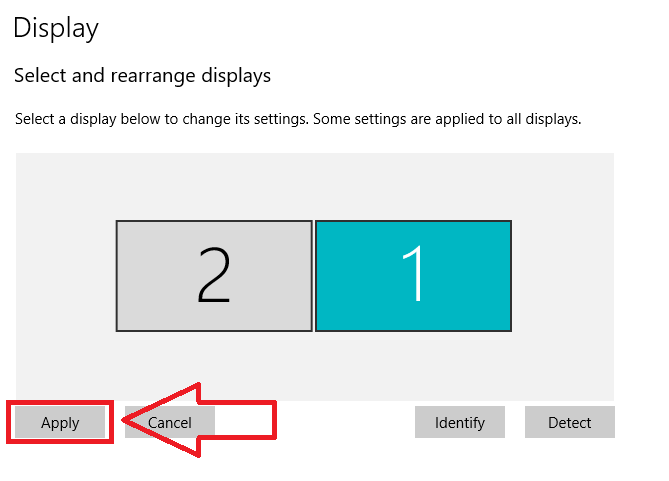If you're looking to set up multiple/external monitors on your laptop or desktop, Micro Center has you covered!
Please check out our other helpful articles on this subject:
If you plan on using the built-in monitor that came with a laptop as one of the primary displays, then you can connect an external monitor to a video port on the side or rear of the laptop. These built-in ports can range from DVI, DisplayPort, HDMI, USB-C, Thunderbolt or if you have an older laptop, VGA.
The steps to accomplish this connection are not very difficult and can be done quite easily:
1. Determine which video port is available on your laptop. Once you determine which port, ensure your external monitor has matching ports or you have an adapter available so you can connect the external monitor to the laptop. Here is a collection of commonly used video ports that you may find:

2. Connect the external monitor to the laptop using the correct video cable.
3. By default, your external monitor should get a display as long as it is powered on and plugged in.
4. Now, we need to set up some settings for the multiple monitors. Right click anywhere on your desktop and select Display settings from the list of options on the right-click menu.

5. In case your monitors are mirroring each other and not one combined workplace/separate displays, you will want to scroll down to the setting for "Multiple displays" and select Extend these displays from the drop-down window.

6. You should now be in your Display Settings and should be seeing rectangles equal to the amount of monitors you have connected.
Next, you want to click Identify and it should show numbers (1, 2, 3...etc.) on your monitors, using these numbers drag the monitors with the corresponding number into the formation you have your monitors.
Then click on Apply when they are in the proper position. In my example, my monitor that has the number 1 is on my right side, but your system may vary from our example settings.


7. One of your multiple monitors will be the “Main Display” where programs will open up on by default and where most of your programs' shortcuts will be placed. Select the monitor you want as your main, it should Highlight Blue. Then scroll down to "Multiple Displays" and select Make this my main display.


That's it, now you should have additional displays up and running. Keep in mind you can drag/arrange the monitors here in Display Settings at any time in case it is not set up properly the first time.